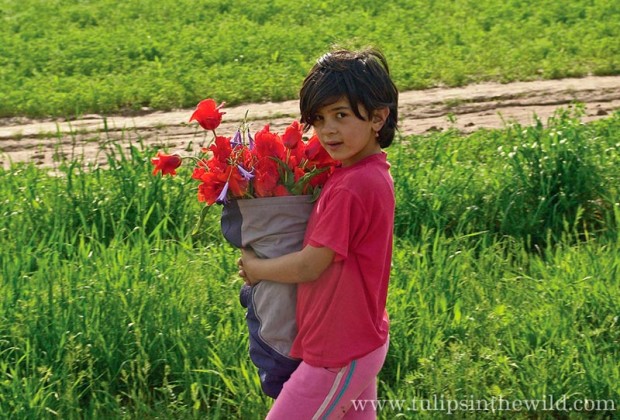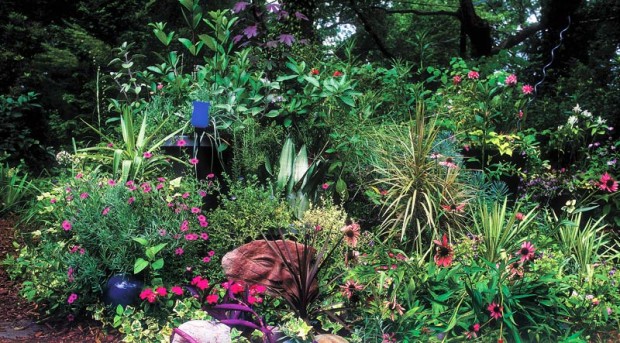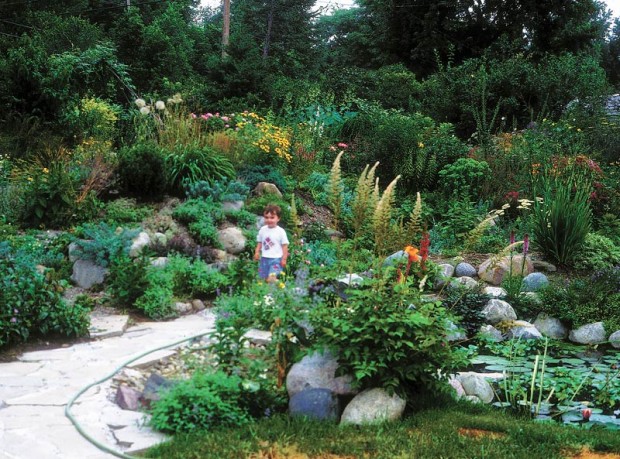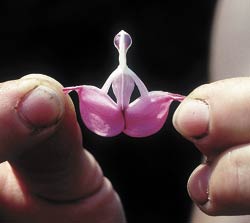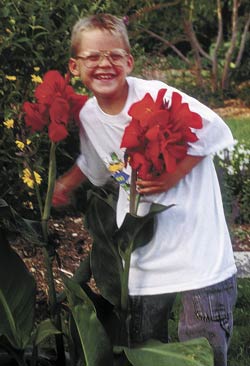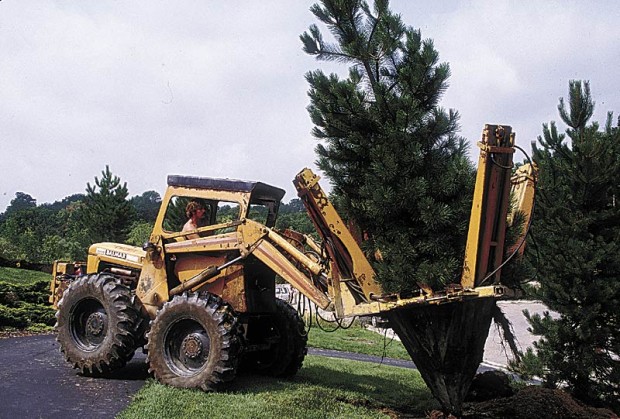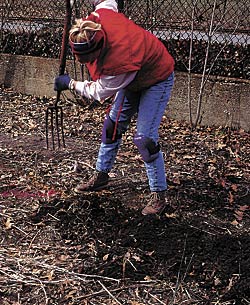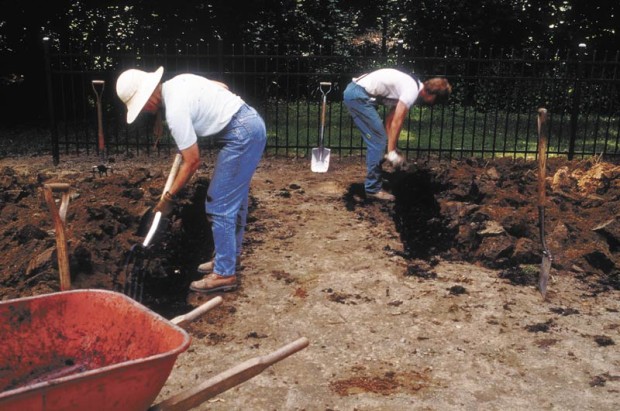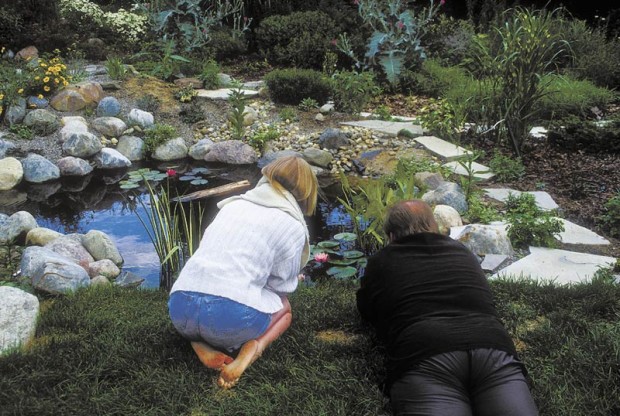Volunteers helped replant 120 flowering cherry trees around Belle Isle’s Scott Memorial Fountain in mid-November. Overseen by the Department of Natural Resources, the project was organized by The Greening of Detroit, a nonprofit organization established to guide and inspire the reforestation of the city.
“We are very excited to contribute to the ongoing beautification of Belle Isle park with the cherry tree planting,” said Rebecca Salminen Witt, president of The Greening of Detroit. “We have planted hundreds of trees there in recognition of the important role it plays in enhancing the quality of life in our city.”
In 1994, Toyota (Detroit’s sister city from Japan) donated flowering cherry trees to the city. Many were planted on Belle Isle near Sunset Point and around the Scott Memorial Fountain. Due to disease and damage from insects, many of these trees have since died or had to be removed because of poor condition. “The tree replantings of a disease-resistant species will serve to further beautify Belle Isle by filling these gaps,” said Kevin Sayers, coordinator of the DNR’s Urban Forestry program.
“This planting was the first phase in a multiphase project to replant trees in maintained (and other high-use) areas of the park.” Sayers also noted that the multiphase plan may be implemented over several years, with the next phase starting next spring. The cherry tree replanting project was funded as part of a $150,000 U.S. Forest Service grant. This grant is also funding hazard-tree removal and creation of a tree inventory and management plan for Belle Isle.
Since December 2013, the DNR has worked to rid the island of hazard trees in heavily used areas that posed a risk to public safety. DNR staff first inspected the trees. The majority of trees marked and felled showed obvious signs of hazard conditions. More than 200 hazard trees were felled, with additional trees lost during summer and early fall storms.
“(This cherry tree project) was a great start to replanting some of the trees lost on the island to storms, disease and human activity, and those just coming to the end of their natural life cycle,” Sayers said. “We had a successful volunteer turnout and fantastic cooperation between multiple agencies, and I look forward to continuing this momentum into the spring.”

